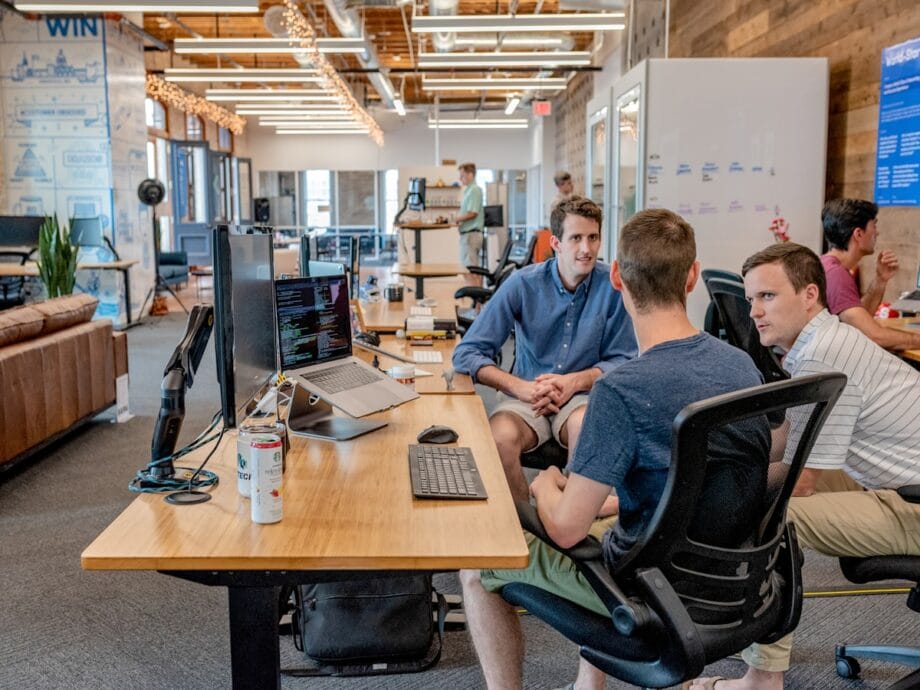Gulf Job Market Set for Significant Growth
The Gulf region is poised to create approximately 7 million new jobs by 2025, heralding a pivotal advancement in its ongoing economic evolution. This impressive surge is consistent with the objectives of the Gulf Cooperation Council (GCC), which seeks to diversify economies, stimulate private sector growth, and cultivate a workforce that represents both genders effectively.
According to the GCC-Stat Labor Statistics 2024 report, the labor force within GCC nations is anticipated to expand from 28 million in 2020 to approximately 34.9 million by 2024, reflecting an aggregate growth of 24.8 percent over a mere four years.
This signifies an annual employment growth rate of 5.7 percent for 2024, one of the most substantial rates noted in recent history. These statistics emerge against a backdrop of increased oil production, following the alleviation of OPEC+ restrictions, alongside a resilient non-oil sector that has demonstrated a growth of 3.7 percent in 2024.
In response to this burgeoning job market, various Gulf nations have implemented strategic labor reforms aimed at sustaining this growth trajectory. For instance, Saudi Arabia has linked Saudization objectives to wage structures, thereby incentivizing the hiring of locals within the private sector.
The UAE has broadened its Emiratisation initiative, Nafis, to encompass small and medium enterprises (SMEs), thereby enhancing pathways for homegrown talent.
Additionally, Bahrain has rolled out flexible work permits and wage support initiatives via its Tamkeen program, while Qatar achieved 50 percent localization in its energy sector positions. Oman has integrated its Job Security Fund with national social safety nets, thereby fortifying worker benefits.
Increased Female Workforce Participation
Female engagement in the Gulf labor market has experienced a remarkable ascent. In 2024, Saudi Arabia’s General Authority for Statistics (GASTAT) released the Labor Market Publication for Q3, which indicates that female employment surged by 11.6 percent from 2.8 million to 3.1 million between 2020 and 2024, marking the most rapid growth across all workforce categories.
Within the Gulf national workforce, the count of female nationals rose by 3.4 percent, from 2.2 million in 2023 to 2.3 million in 2024. Women now account for 42 percent of newly hired personnel and 33 percent of the workforce in prominent companies; however, fewer than 28 percent ascend to senior leadership roles.
The prevailing gender disparity within the Gulf workforce can be partially attributed to demographic trends.
As reported by Global Insights, women constitute merely 36.2 percent of the UAE’s population and approximately 37.2 percent across the broader GCC, with the majority being men due to the reliance on male-dominated migrant labor in sectors such as construction and logistics.
Nevertheless, governments are intensifying their initiatives to incorporate more women into burgeoning sectors, including technology, renewable energy, and finance.
The Future Landscape of Gulf Employment
The labor market in the Gulf is undergoing a rapid metamorphosis, spurred by economic diversification, labor reforms, and transformations in workplace culture.
Proactive investments in education and skills development are broadening horizons for both genders in emerging fields such as artificial intelligence, cybersecurity, fintech, and green energy.
The region’s commitment to embedding gender inclusivity and fostering entrepreneurship within its economic framework is increasingly being recognized as a model for sustainable development and shared prosperity.

As the Gulf gazes toward 2025 and beyond, the projection of 7 million new jobs, along with enhanced workforce diversity, signifies a revolutionary stride toward establishing a balanced, inclusive economy.
This paradigm will ensure that opportunities remain accessible to all, independent of gender, thus contributing to a resilient and future-ready economic landscape in the Gulf.
This remarkable turnaround in the labor market not only highlights quantitative job expansion but also underscores qualitative advancements in workforce inclusivity, heralding a transformative chapter in the socio-economic narrative of the region.
Source link: Timesofindia.indiatimes.com.






